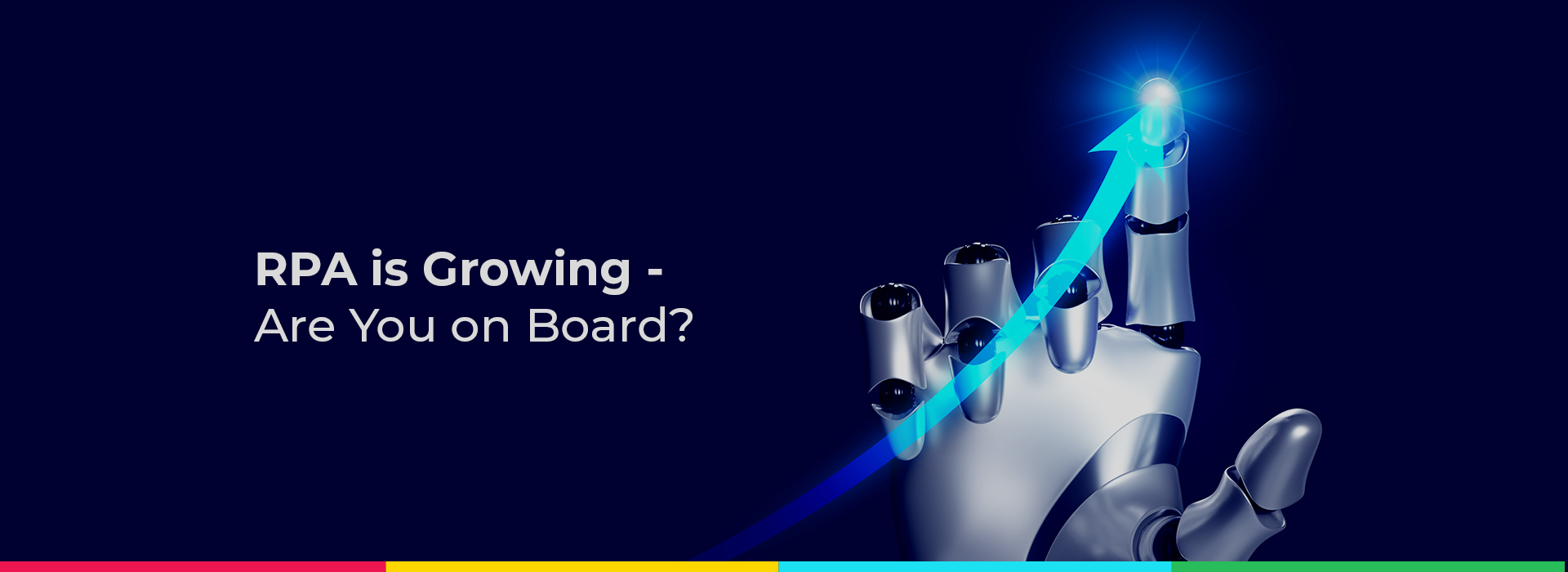
Blog
Conversational AI: A Win-Win-Win for Healthcare Patients, Employees, and Organizations
While healthcare is often seen as one of the most personal and human services any organization can provide, Conversational AI is well-positioned to have a tremendous impact on the healthcare industry.
Computerized and automated technologies such as Conversational AI can perform many functions more efficiently and effectively than humans. But Conversational AI isn’t about replacing humans with machines. Instead, Conversational AI can provide big benefits to employees who can be freed up from low-skill activities that are a drain on their time and energy. With more time available, they can focus on higher-value tasks and spend more time caring for their patients.
Below are several examples of how Conversational AI can be leveraged within healthcare to improve efficiencies and improve the overall patient experience.
General Efficiency Improvements
Think how handy it is to have a virtual personal assistant in your personal life. It’s like having a super smart roommate or constant companion who knows the answer to all kinds of questions and can help you remember tasks, create lists, communicate with colleagues, and do all sorts of other functions.
That convenience is increasingly being leveraged by organizations as well. Conversational AI can perform a variety of administrative and organizational tasks, freeing up the humans in the office to focus on more important work.
Managing Appointments
Many patients have experienced long wait times or difficulty getting someone to answer the phone at a healthcare facility when trying to schedule or change appointments. Conversational AI can handle those phone calls at a far greater scale.
This doesn’t mean cumbersome, maddening automated answering machines. Conversational AI can have advanced, efficient, and fluid conversations with callers, for a much-improved patient experience relative to legacy answering programs.
Symptom Checking
Most people don’t enjoy going to see the doctor. They would do just about anything to avoid it if they could.
At the same time, most people also get a little anxious when they think there might be something wrong with them, and they want to learn what could be causing their symptoms. Googling those symptoms can give some generic (and potentially terrifying) results, but Conversational AI can refine it’s response to patient questions based on the ability to have two-way interaction and discussion with the patient, powered by artificial intelligence.
Imagine the potential time savings and improvements to the patient experience if patients could leverage Conversational AI for basic triage of common ailments.
Outreach
We’ve talked about a couple of ways Conversational AI can be useful when patients need to reach out to a healthcare provider. But Conversational AI can be used for more than just passive communication. It can also be used to reach out to patients.
For example, Conversational AI could be used to contact a patient via a virtual personal assistant like Alexa or Siri to remind them of appointments, conduct surveys, or even remind patients to perform home exercises as part of a physical therapy program or taking medication. The scalability and relatively low cost of Conversational AI has the potential to enable far more frequent patient interactions than is possible with physical visits to a healthcare provider.
Conversational AI could also be used to reschedule appointments with patients or remind them of documentation or pre-procedure preparation they may need for an upcoming appointment.
Tracking
Conversational AI can assist with other telehealth tools like wearable devices or instruments that can remotely transmit health readings to a healthcare system to perform a variety of patient tracking functions that could save many visits to a physical healthcare facility.
For example, Conversational AI could conduct a virtual appointment to check a patient’s blood pressure and discuss recent symptoms and lifestyle activity.
The healthcare industry has been under considerable stress for years, faced with rising costs and labor shortages. Healthcare is a labor-intensive industry, made up of relatively highly valued workers. Reducing the amount of low-skill work these human staffs are required to perform can free up valuable and valuable human resources, increase the efficiency of many processes, and improve the overall patient and employee experience.




 US Headquarters
US Headquarters India office, Hyderabad
India office, Hyderabad